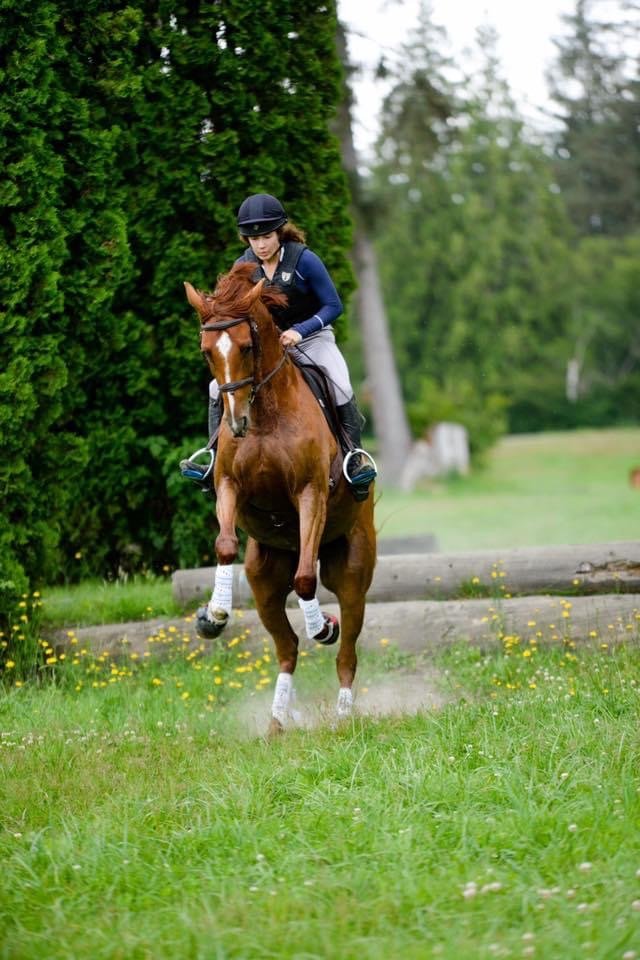Behavioural Suppression Is An Unhealthy & Archaic Method Of Training
/
Behavioural suppression is an epidemic in the horse world… AND the human world.
Equestrians everywhere are often only given a toolbox that suggests punishment for getting rid of unwanted behaviours.
Punishment may be rebranded to sound better by being called “correction” or “discipline” or “creating respect” but it is punishment nonetheless.
If the horse bites you? Hit him.
If he bucks? Spank him with the whip.
There is no shortage of examples of how punishment is used to suppress unwanted behaviour in the horse industry, failing to get to the nitty gritty of the root response and actually address the reason WHY the horse is doing the behaviour.
I think this attitude comes so easily to humans because in our day to day life outside of horses, we are also encouraged to suppress behaviours.
“Don’t cry!” You’re told when you noticeably start to tear up.
“Stop doing that!” A teacher says to a stimming kid who is nervously tapping their pencil.
We’re taught to hold in our emotions and make our behaviour palatable to our society, sacrificing well-being whether we realize it or not.
All behaviours have an underlying motivation, whether we realize it or not.
Us humans are often so out of touch with our bodies and our emotional responses that we may not even realize what sensations and emotions are connected with one another because we’ve been so encouraged to shove it down internally and ignore it.
Emotions may sometimes feel inconvenient but they’re necessary to express and they’re the driving force behind behaviour.
How you feel internally impacts how you react, same with your horse.
Our entire world would benefit from people becoming more aware of how damaging and ineffective behavioural suppression is.
Suppressing one unwanted behaviour may work temporarily, but in the long run, it just causes more fallout behaviours as the learner adopts new behaviours to fill the role the punished one served.
If the underlying motivation is not addressed, the need driving the unwanted behaviour is likely still there and will need some sort of outlet.
When we try to bottle up emotions for lengthy periods of time, we see explosives, in both horses and humans.
That horse that reacted out of nowhere? He really didn’t, he just had the prior warning signs punished away and suppressed them until he can’t take it anymore.
That human that snaps and throws an adult temper tantrum? Sure, they may be overreacting to the situation that was the final trigger for them, but they’re merely unleashing a whole sea of emotions they’ve ignored and suppressed until they simply cannot anymore.
In order to even begin healing the broken aspects of society, we first must acknowledge what factors cause them. There is so much that is vastly misunderstood in both human and animal mental health, starting with how often bandaid fixes are used to address the symptoms rather than the cause.
If we focus on the symptoms of a problem rather than the underlying issue, we will always fall short of properly addressing it.
Symptoms are merely how the issue materializes outwardly. They’re clues to follow towards finding the cause, but they’re not the sole problem and we should not fixate on merely eradicating behavioural symptoms, we must focus on healing the underlying problem.
Let’s modernize and become more compassionate in how we train our horses AND how we view ourselves and other humans.
Suppression will always come at a cost and generally speaking, we do not enjoy paying that cost when it finally happens.
Feel your emotions.
Find healthy outlets.
Allow your horse to do the same.


